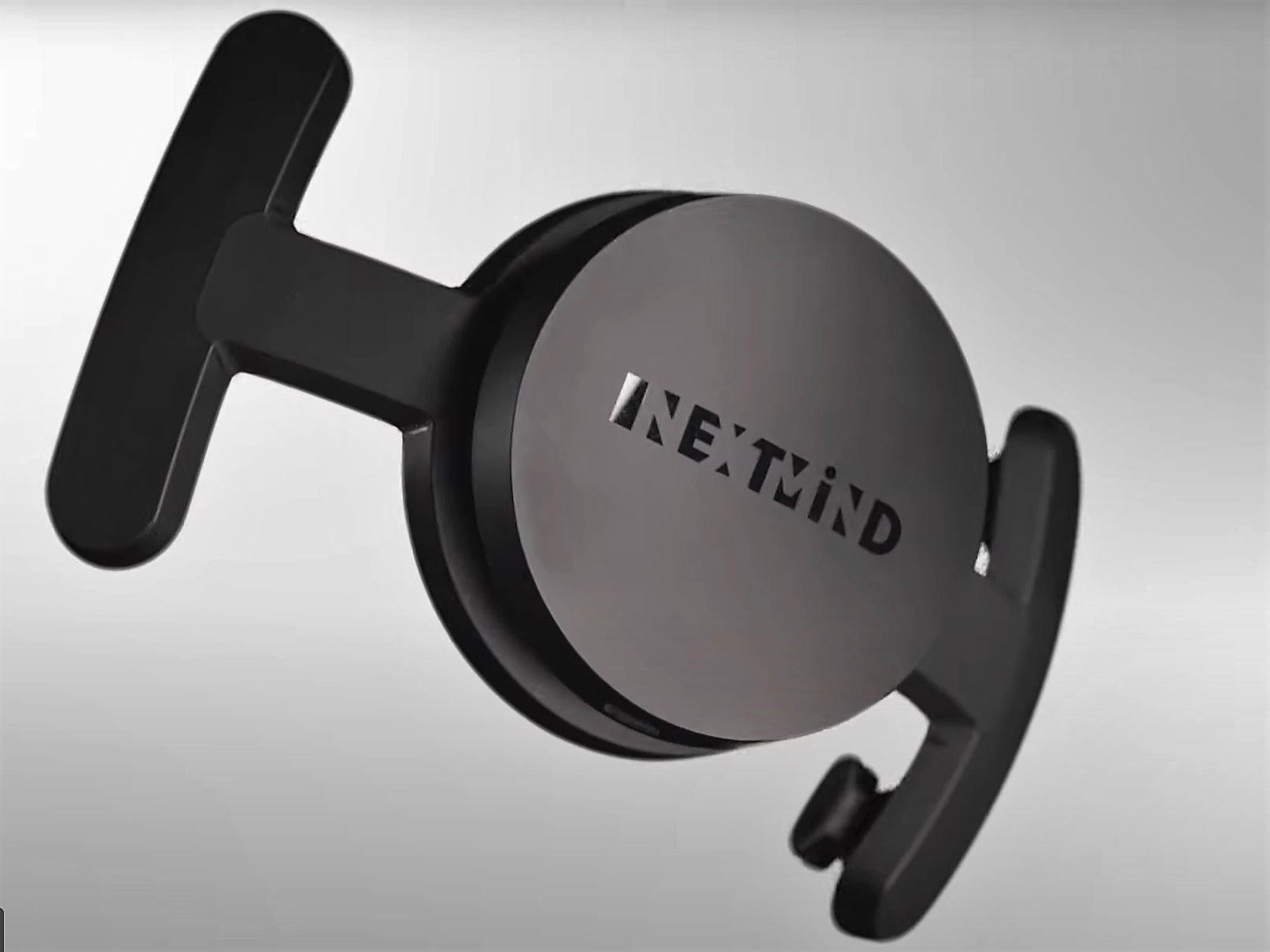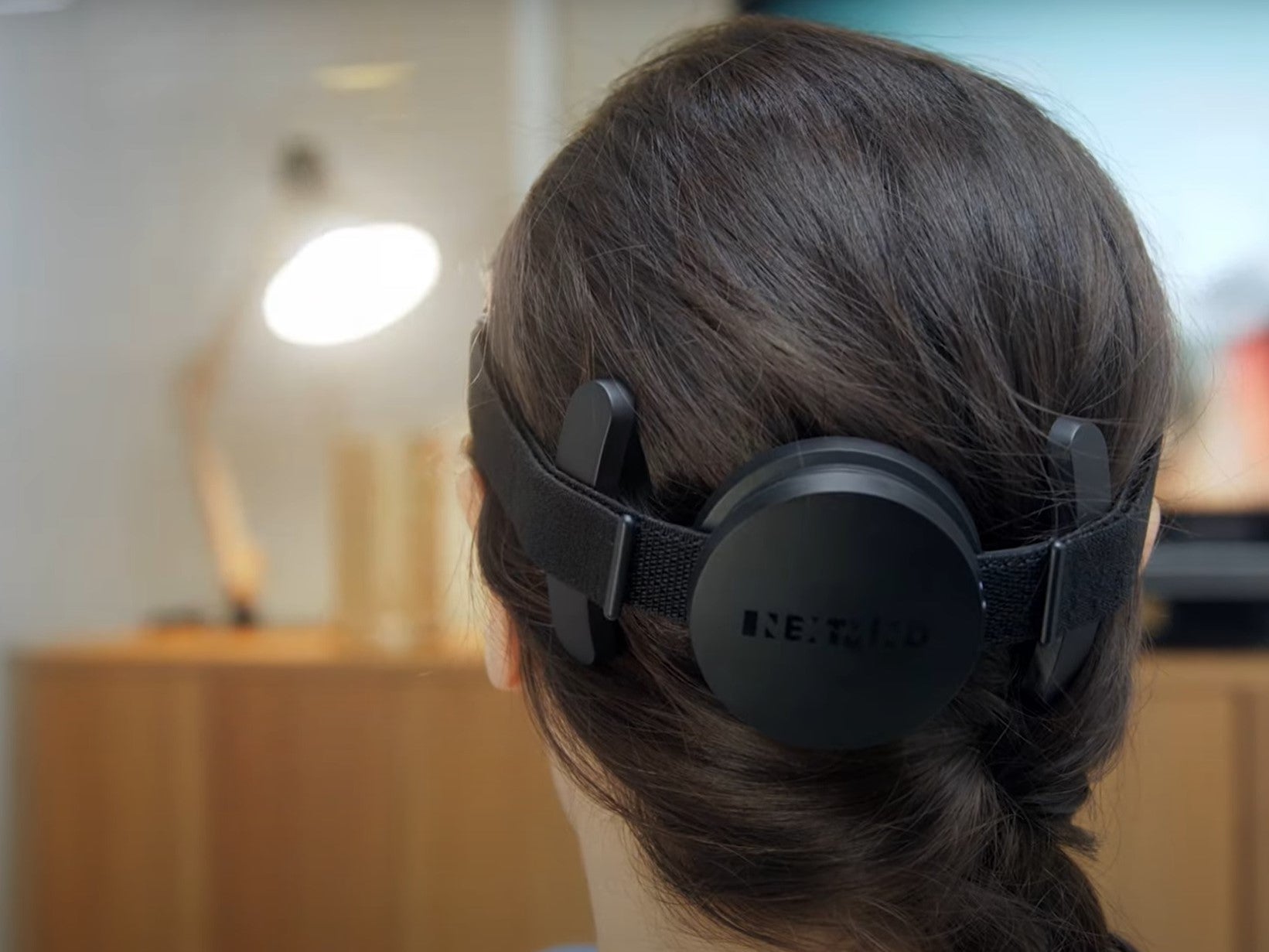Snap buys mind-reading headband maker
Brain-computer interface will be incorporated into future versions of the Spectacles smartglasses

Your support helps us to tell the story
From reproductive rights to climate change to Big Tech, The Independent is on the ground when the story is developing. Whether it's investigating the financials of Elon Musk's pro-Trump PAC or producing our latest documentary, 'The A Word', which shines a light on the American women fighting for reproductive rights, we know how important it is to parse out the facts from the messaging.
At such a critical moment in US history, we need reporters on the ground. Your donation allows us to keep sending journalists to speak to both sides of the story.
The Independent is trusted by Americans across the entire political spectrum. And unlike many other quality news outlets, we choose not to lock Americans out of our reporting and analysis with paywalls. We believe quality journalism should be available to everyone, paid for by those who can afford it.
Your support makes all the difference.Snap has acquired a mind-reading headband maker with the hope of using the tech in next-generation augmented reality (AR) glasses.
The social media giant, which owns Snapchat and Spectacles smartglasses, said the neurotech startup NextMind would join its Snap Lab hardware team to “help drive long-term AR research efforts”.
Paris-based NextMind has already developed a $400 non-invasive brain-computer interface (BCI) that allows wearers to control computers with their thoughts.
The wearable device works by detecting neural activity from the visual cortex and translating it into digital commands in real time through machine learning algorithms.
The clip-on system can either be attached to existing headwear, like a VR headset or baseball cap, or worn by itself as a headband.
The first version of the headband, which was released as a dev kit in 2020, was used to perform simple tasks like moving an image around a screen, aiming a gun in a video game and unlocking the lock screen of an iPad.
NextMind chief executive and founder Sid Kouider said the technology could eventually be used for precise tasks like recalling an image or video in your thoughts and having it appear on a screen.
“NextMind ends up solving a problem that has been raised for millennia: At any moment you can be conscious of amazing things that are happening in your head that you can imagine, and yet you can barely describe the details to others,” he said at the Slush technology conference in Helsinki in 2019.
“We are starting to decode consciousness directly from brain activity... We are very interested in using this with AR and VR but in the future we actually envision mind-augmented reality where you could project the limitless power of your imagination directly in the visual world on a display.”

Snap said NextMind’s technology would eventually be incorporated into its Spectacles smartglasses.
“Spectacles are an evolving, iterative research and development project, and the latest generation is designed to support developers as they explore the technical bounds of augmented reality,” the company said in a statement.
The amount Snap paid to acquire NextMind was not publicised and a spokesperson for the firm did not immediately respond to a request for comment.

Join our commenting forum
Join thought-provoking conversations, follow other Independent readers and see their replies
Comments